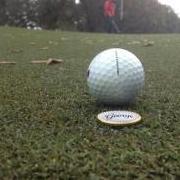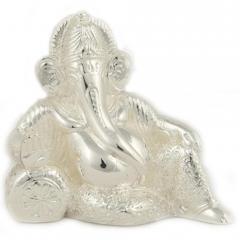IGNORED
TecTecTec KLYR Review
-
Topics Being Discussed Right Now on The Sand Trap
-
- 3 replies
- 101 views
-
- 538 replies
- 107,983 views
-
"5 Minutes Daily" Practice Challenge 1 2 3 4 844
By iacas, in Instruction and Playing Tips
- 5 minutes daily
- dedication
- (and 6 more)
- 15,187 replies
- 918,640 views
-
- 232 replies
- 43,407 views
-
- 8 replies
- 315 views
-









Recommended Posts
Create an account or sign in to comment
You need to be a member in order to leave a comment
Create an account
Sign up for a new account in our community. It's easy!
Register a new accountSign in
Already have an account? Sign in here.
Sign In Now